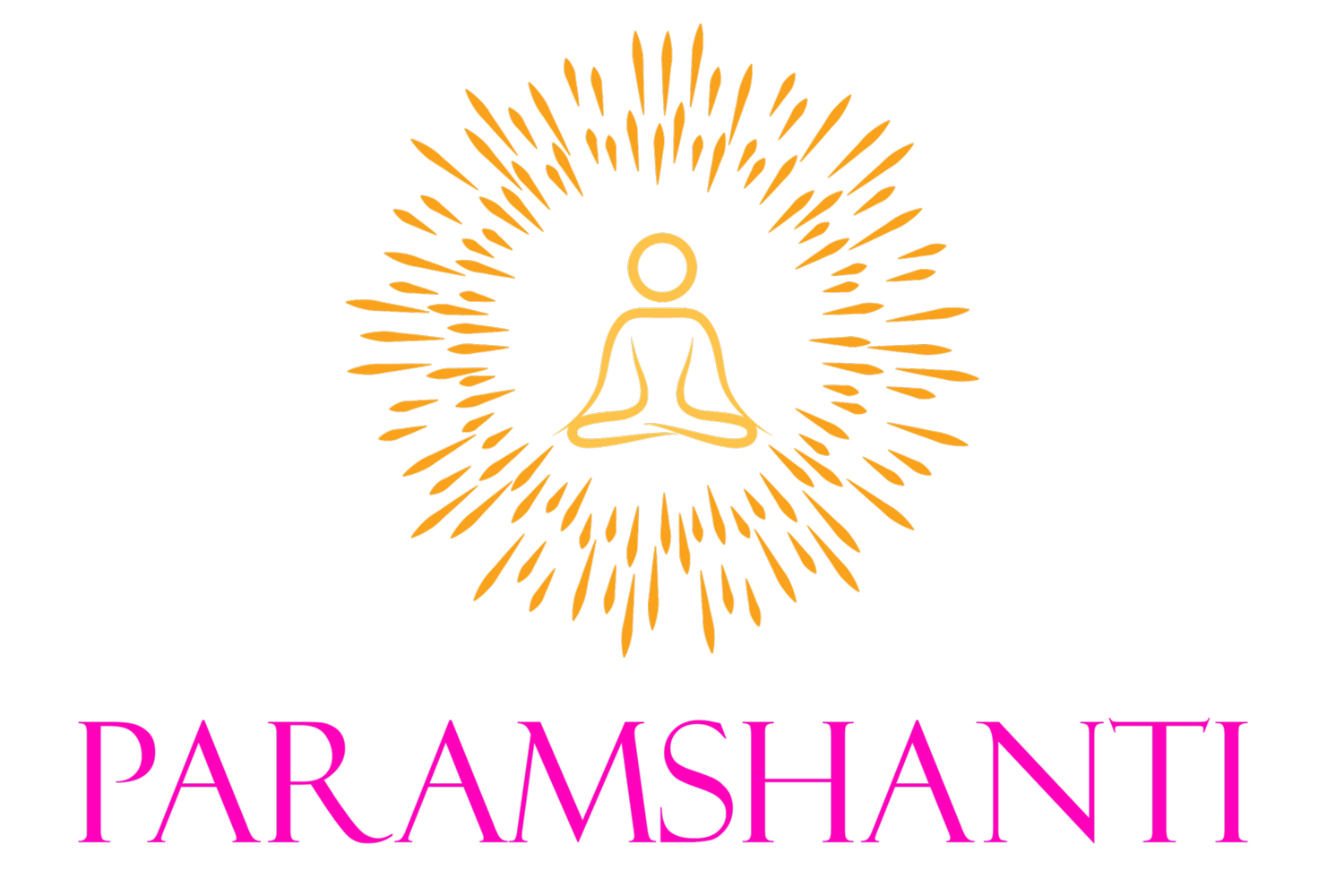The Cosmic Record of the Soul: An Exploration of Bapuji Dashrath Bhai Patel’s Discourse
Introduction
The spiritual insights of Bapuji Dashrath Bhai Patel provide a profound interpretation of the relationship between the universe (Brahmand) and the individual soul (Atma). His reflections emphasize the principle of “Yatha Brahmande Tatha Pinde”—what exists in the universe also exists within the body. This concept underscores the idea that the human being is a microcosm of the macrocosm. The discourse presented by Bapuji investigates how every soul carries within itself a complete record of its actions, experiences, and stages of existence across different realms of creation.
1. The Correspondence Between Universe and Body
Bapuji explains that the physical human body is a reflection of the material universe composed of five elements. Just as the cosmos contains multiple planes, the body too resonates with these structures. In the subtle worlds (Sookshma Lok), the soul adopts a subtle body made of three elements, while in higher divine realms such as Vishnupuri and Shivpuri, the soul assumes a body of supreme elements. Ultimately, in Paramdham, the soul attains a state of pure incorporeality, transcending all attributes and forms.
2. The Hierarchy of Cosmic and Subtle Worlds
The universe is described as existing on multiple layers:
- Mortal World (Mrityu Lok) – the realm of human beings composed of five elements.
- Subtle Realms (Bhuvar, Swarg, Maharlok, Janlok, Taplok, Brahmapuri) – existing with three elemental compositions.
- Divine Realms (Vishnupuri and Shivpuri) – where supreme elements form the bodies of deities.
- Paramdham – the final state where souls exist in absolute incorporeal awareness.
Each plane reflects the corresponding structure of the human being, illustrating the deep interconnection between body and cosmos.
3. The Record of the Soul within the Cosmos
According to Bapuji, every action performed by a soul—whether through thought, word, or deed—is recorded within its subtle, causal, and supra-causal bodies. This record exists not only within the soul but also within the universe itself. Just as divine beings such as Lord Vishnu and Lord Shiva are said to hold the records of creation, the supreme incorporeal being (Parabrahm Parameshwar) perceives the entire cosmic record beyond time and form.
4. The Presence of Records in the Macrocosm
Bapuji emphasizes that records are not limited to individual bodies but are embedded in the very fabric of creation. Every galaxy (Maha Brahmand), every particle, and every supreme dimension (Param Maha Brahmand) contains within itself the complete record of existence. The universe, at its subtlest level, functions as a cosmic archive where nothing is ever lost. A realized soul, by attaining self-awareness and awakening the inner vision (the third eye), can access these records and rediscover the origins of its journey.
5. The Principle of “Yatha Brahmande Tatha Pinde”
The phrase “as in the cosmos, so in the body” forms the central philosophy of Bapuji’s teaching. The human being mirrors the universe in every aspect—from physical elements to subtle energies. Just as the cosmos preserves the eternal record of creation, the soul within also safeguards its eternal memory. This principle establishes an intimate unity between microcosm and macrocosm, suggesting that by turning inward, one may access the limitless knowledge of the universe.
Conclusion
Bapuji Dashrath Bhai Patel’s discourse reveals a profound spiritual science: the record of every soul is eternally preserved within both the body and the universe. From mortal existence to subtle realms and supreme abodes, the soul’s journey reflects the structure of the cosmos. The realization of this truth not only strengthens the principle of “Yatha Brahmande Tatha Pinde” but also inspires seekers to recognize the vast knowledge contained within their own being. In essence, the cosmos is not external to us—it is mirrored in the very depths of our soul.
